
copyright © Wartime Heritage Association
Website hosting courtesy of Register.com - a web.com company
Wartime Heritage
ASSOCIATION
Corporal John King
Royal Air Force Service (1939-1948)
Service No: 575533
I was 15 years of age when I joined the RAF (Royal Air Force) as one of
‘Trenchard’s brats’ at RAF Halton.
Hugh Montague Trenchard, considered the father of the Royal Air Force,
founded the RAF Apprenticeship scheme launched in October 1919 and originally
located at RAF Cranwell. In 1922, the school moved permanently to RAF Halton. It
was here that John King joined the 39th entry course at No 1 School of Technical
Training on January 17, 1939 and completed a two year course ending in the late
summer of 1941.
After my time at Halton, I was posted to RAF Cranwell to the flying training
school for twin engine pilots. I was posted to HMS Vulture, RNAS St Merryn in
Cornwall. My rank was Corporal from 1st July 1942.
Later in 1942, I was posted to RNAS Lee on Solent in Hampshire at the start
of my journey to Canada. I was put on instructional duty in the School of Air
Maintenance where I taught Royal Naval Air Mechanics. I was doing something on
magnetism when an Admiral and party came in. I called the class to attention but
they said “carry on”.
I moved to Dunfermline Transit Camp in Scotland. Then we were off to Gourock
to board the RMS Queen Elizabeth liner. On board the Queen Elizabeth it was about
five days passage to Halifax, Nova Scotia, Canada. It was an unescorted voyage, zig
zagging to avoid German submarines. We were four to a cabin. There were rough
seas at times. I saw no ships until getting near to Canada when we met corvettes, which looked like corks on the huge
waves. We had to patrol the decks at night to maintain the blackout. I used to watch the stars at night and the fluorescent
wake of the ship. She was a lovely ship and I got down to visit the engine rooms. To arrive in Halifax to all the twinkling
lights was a great change from blacked out Britain.
On March 26, 1943, three hundred and fifty personnel arrived from England for Maintenance Wing at East Camp, RCAF
Station Yarmouth. The group crossed on HMS Queen Elizabeth from Gourock to Halifax. Commander E. Featherstone
commanded Maintenance Wing at No 1 NAGS and had arrived January 26. In the Royal Navy records, No 1 NAGS was referred
to as “No 2 TAG School, RCAF Yarmouth Nova Scotia” to distinguish it from No 1 TAG school, RN Air Station, Worthy Down,
Hampshire, England.
The aircraft strength at East Camp in April 1943 was 23 Ansons, 14 Swordfish, and 60 Seamews. By September of 1943,
there were 66 Swordfish on strength. The Swordfish was used by Squadrons 742, 744 and 745 No 1 TAG School (East Camp)
for training Telegraphist Air Gunners in communications and gunnery.
We shared the airfield with an RCAF squadron of Canso (Catalinas) aircraft, which were looking for German
submarines in the Atlantic. We had Fairey Swordfish aircraft and were training telegraphists/air gunners. Our aircraft were
in hangars and were brought out daily for the flying programme. The folding wings were helpful.
One day in May 1943 we took a Swordfish down into Yarmouth for Victory Week, raising money for the war effort.
We wore tropical uniforms in summer but it was very cold in winter. In Yarmouth, there was Lake Milo where we used
to swim. My friend came with me to Montreal by train. We had relatives there and they took us for a holiday up to the
Laurentian Mountains where they had a lakeside cabin. I went fishing on the lake.
Corporal King applied for pilot training and returned to the UK after about 11 months.
At Moncton, in New Brunswick, there was a big transit camp. I tried ice skating with disastrous results and crashed in
to a fence! On to Halifax where we boarded the French liner, the SS ‘Pasteur’, a flat-bottomed boat which was unsuitable
for Atlantic storms. I slept in a hammock and one night water came in through the port hole and I got a bit wet!
It took about 13 days to cross the Atlantic, quite unescorted. The ship docked on a wet day in Liverpool. I went in to
landladies’ lodgings in Lytham St. Anne’s for a couple of weeks. I was informed that the RAF didn’t need any more pilots so
that was a disappointment.
John returned to RAF service and was posted to RAF stations at Stradishall, Tempsford, Honington, Boscombe Down and
finally, Locking. He left the RAF in 1948 and returned to his family’s farm at Whiteparish, near Salisbury, Wiltshire. He
passed away in 2013 one week short of his 90th birthday.
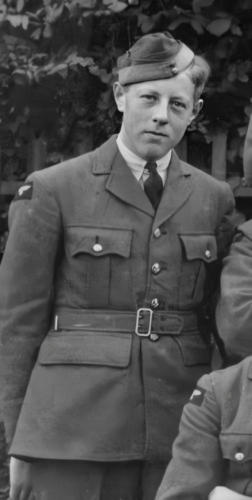
Photo Collection:
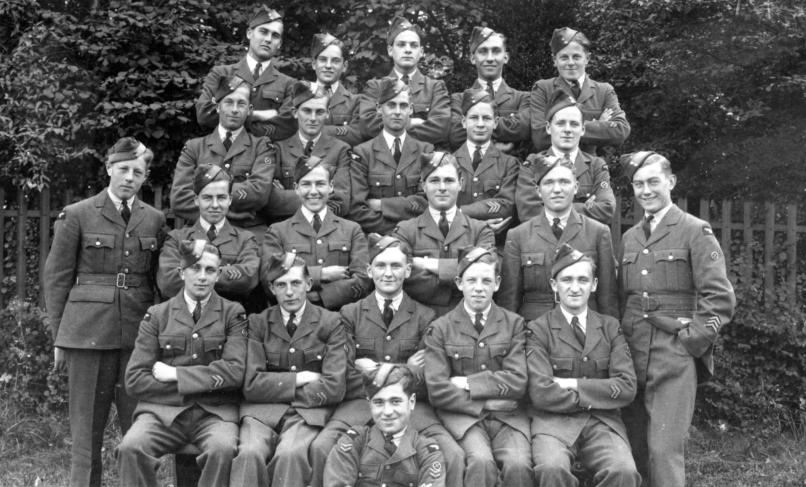
39th Entry Royal Air Force - RAF Halton (January 17, 1939 - 1941)
No 1 School of Technical Training, Apprentice School.
(John King, second row, on left)
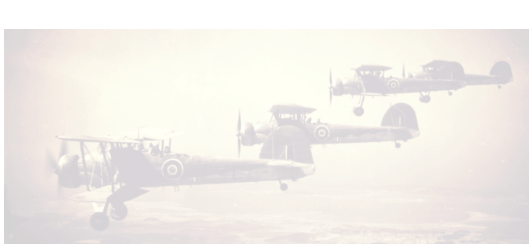
East Camp Memories
Corporal John King, RAF
(1923 - 2013)
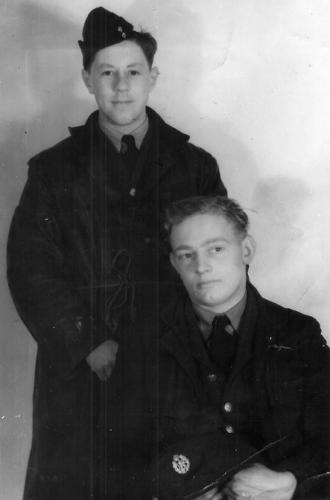
John King (standing) RNAS St Merryn, Cornwall
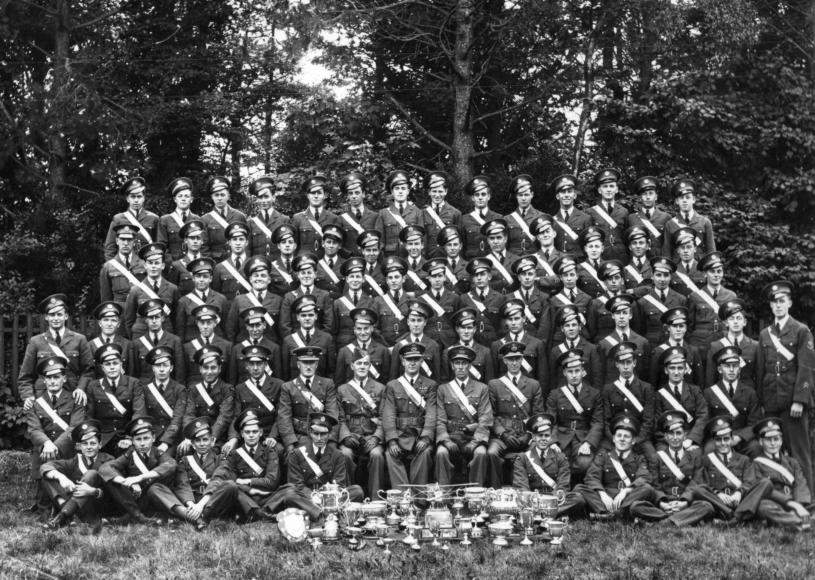
Graduation 39th Entry, RAF Halton 1941
(John King, third row, fourth from the left)
Yarmouth Photos: 1943
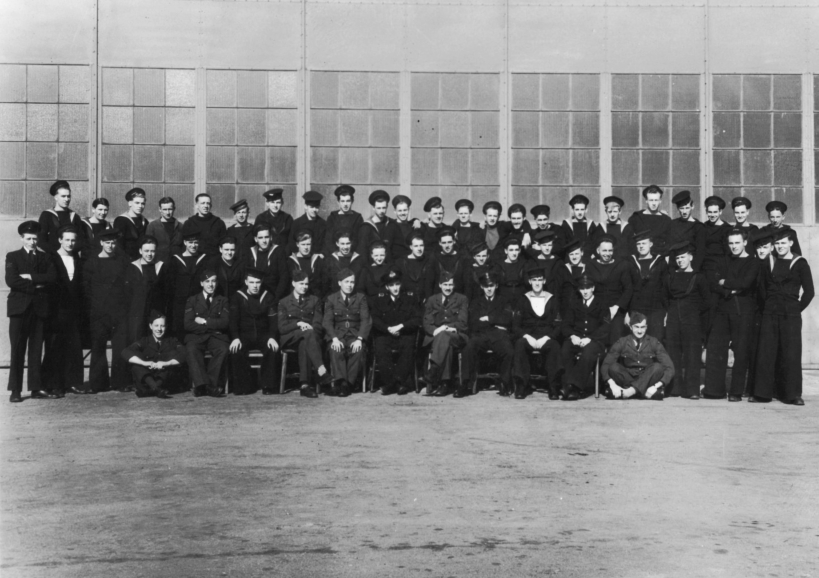
745 Naval Air Squadron Squadron (East Camp, RCAF Station Yarmouth) October, 1943
(John King - front row on left)
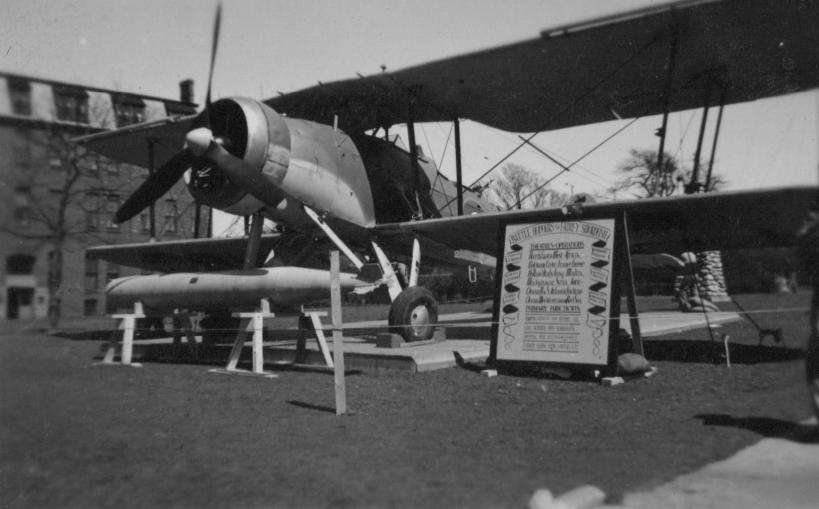
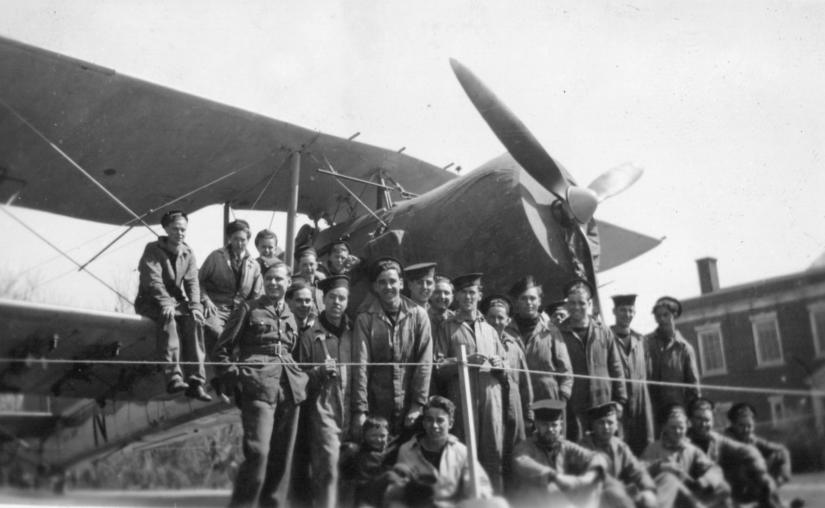
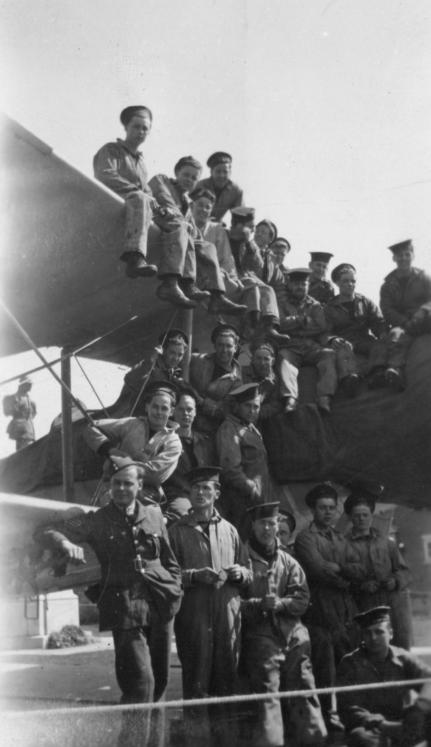
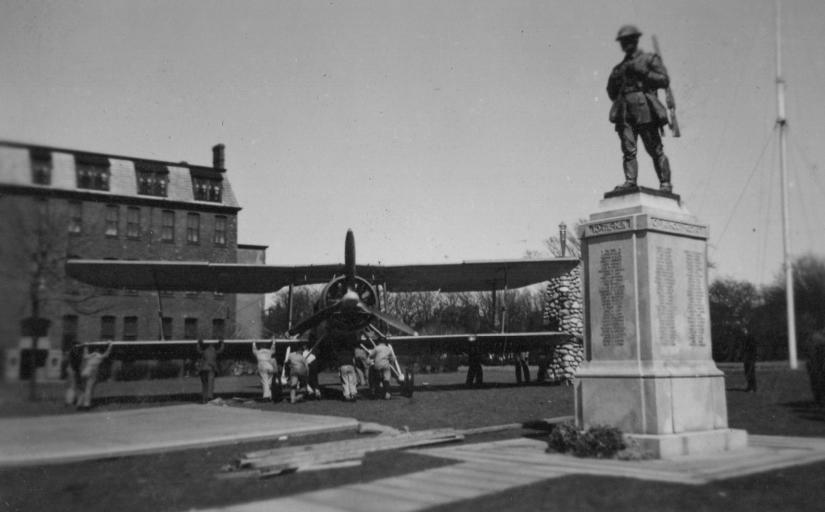
May 1943
A ‘Swordfish” [HS323] from East Camp was on display in
front of the Yarmouth Cenotaph as part of the 4th
Victory Bond Drive.
At East Camp - Summer 1943
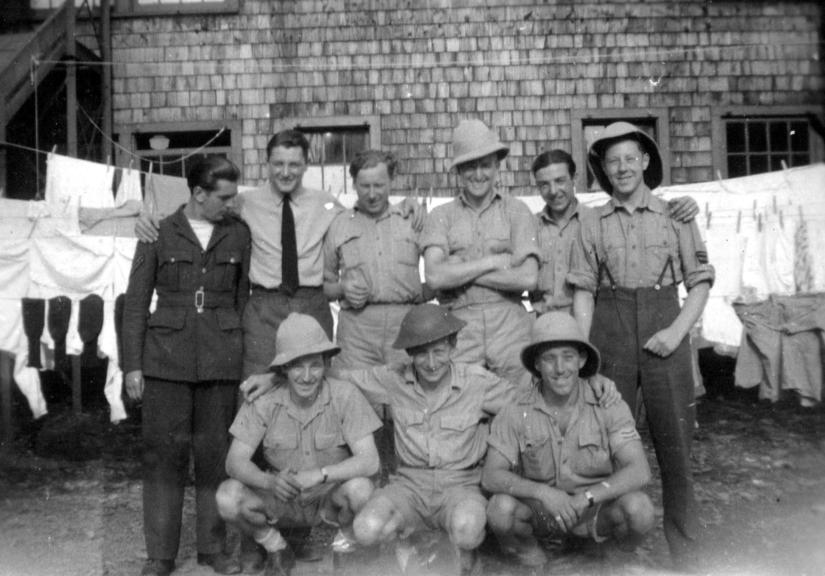
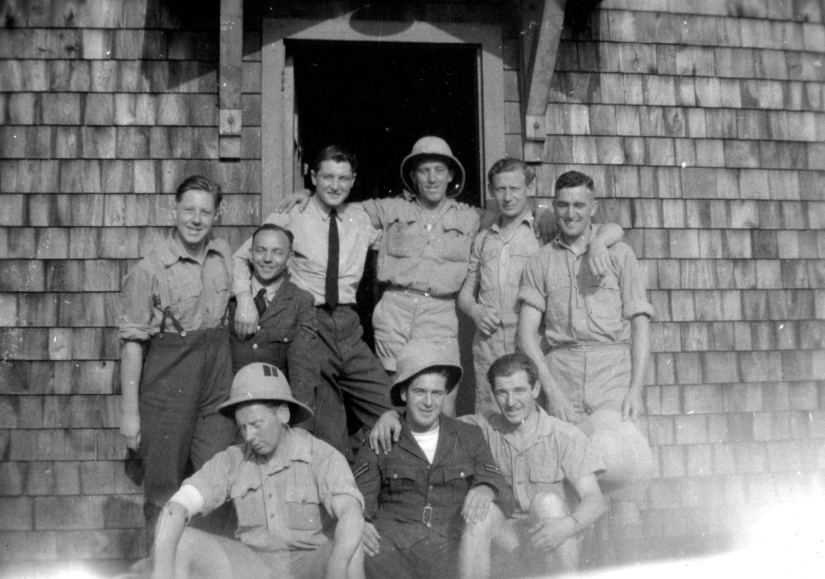
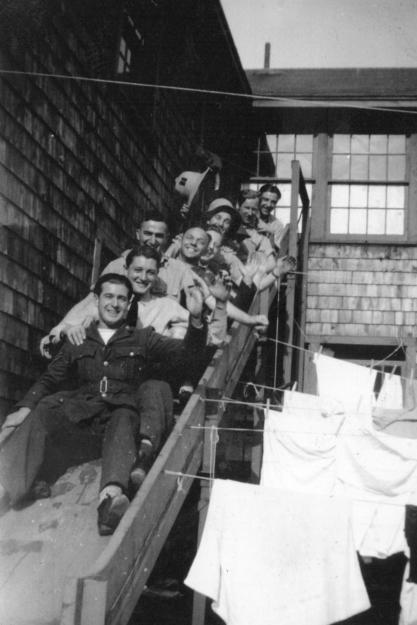
RAF Boys from East Camp at Lake Milo Aquatic Club, Yarmouth, Summer 1943
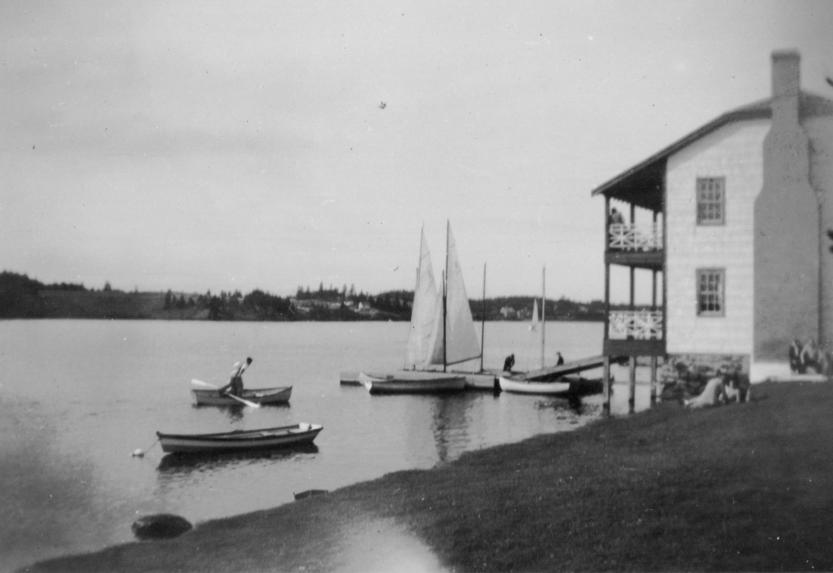
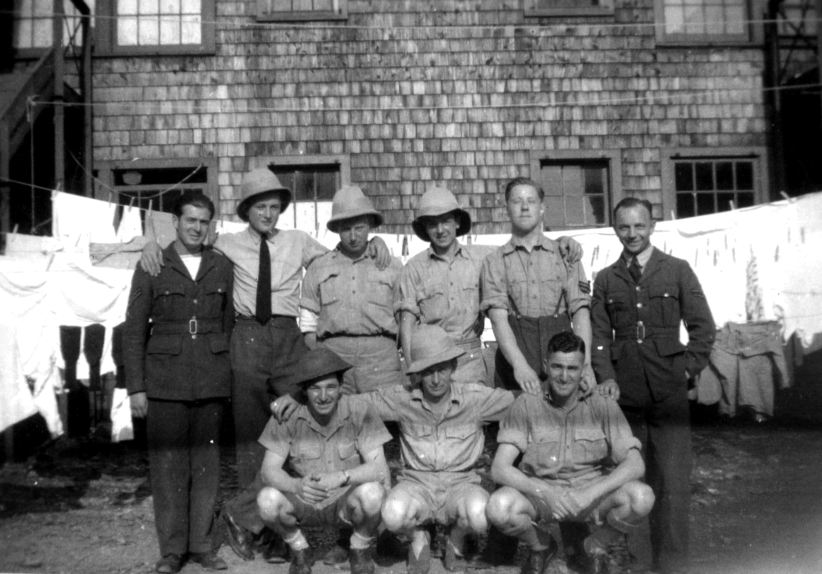
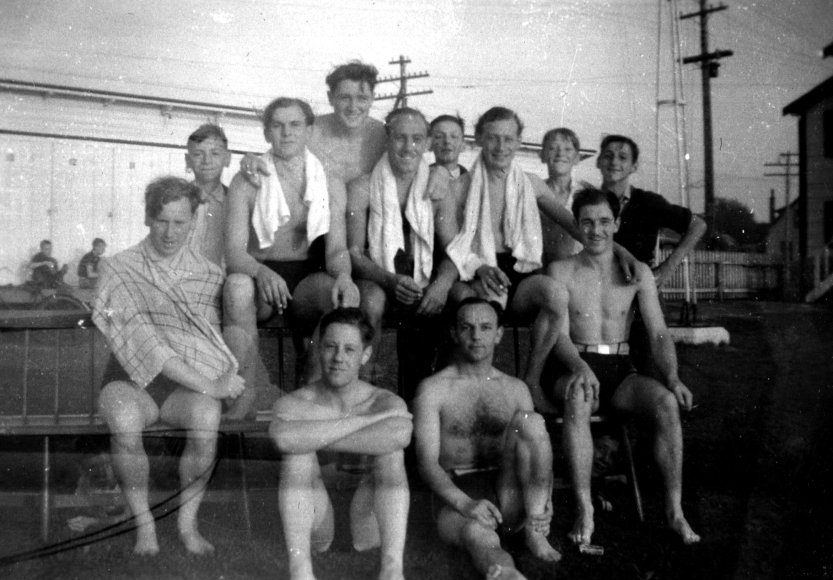
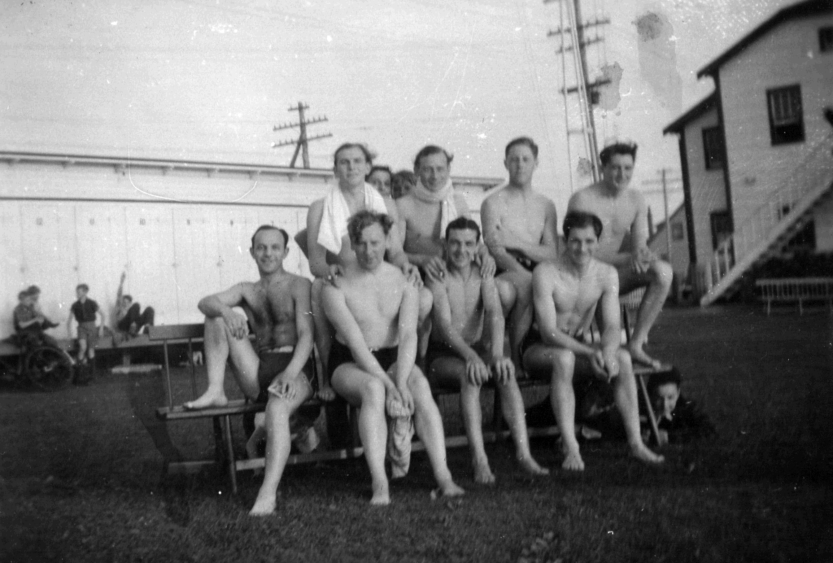
John King (front left sitting)
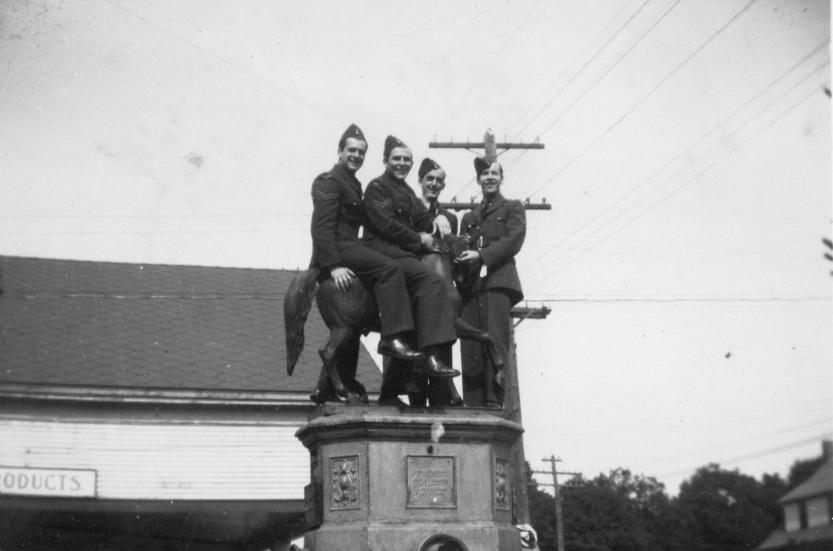
RAF - Exploring the Town of Yarmouth in the summer of 1943
‘Riding’ the horse at Milton on the way to Lake Milo.
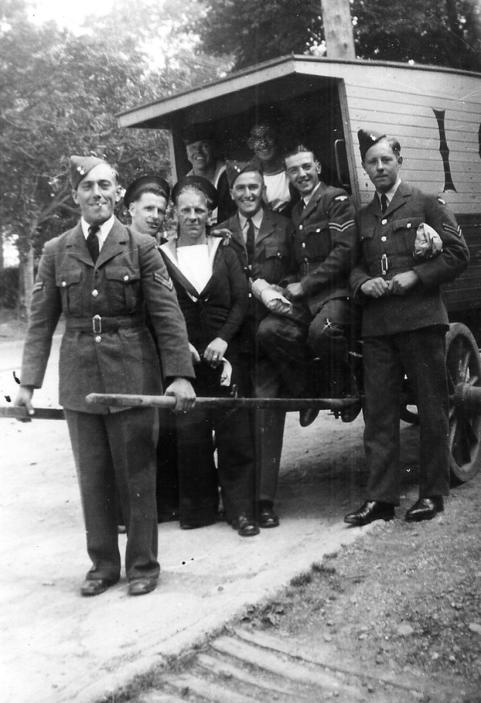
(John King on right)
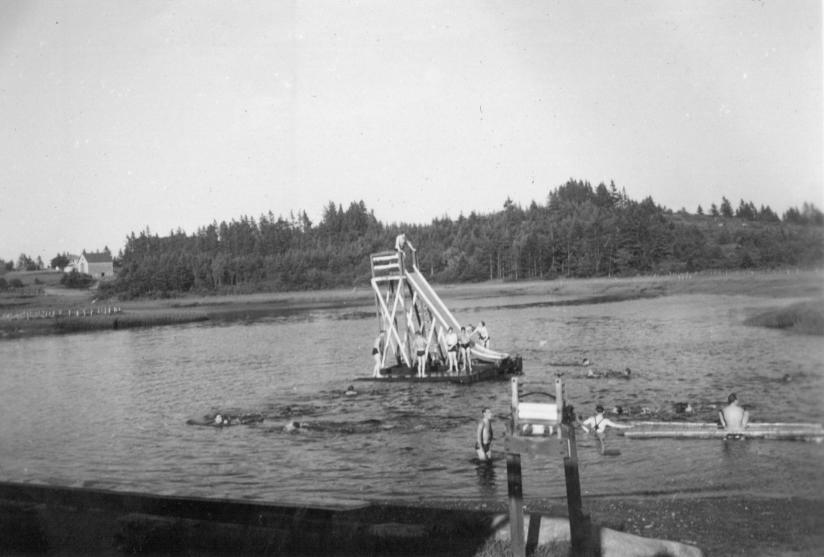
Swimming at the Bluebird Inn, Arcadia, Yarmouth County - 1943
The main house and nine-cabin Bluebird Inn was located on a 22 acre property in Arcadia,
not far from the location of East Camp.
Winter at East Camp (1943-1944)
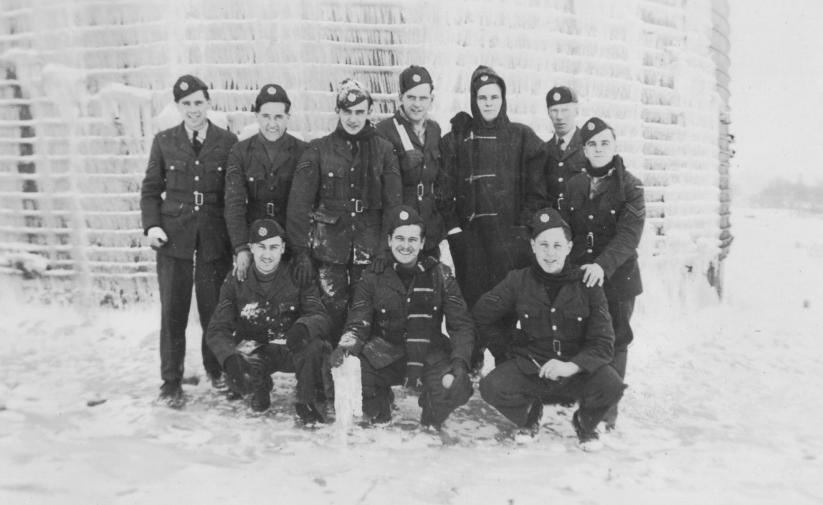
(John King - front right)
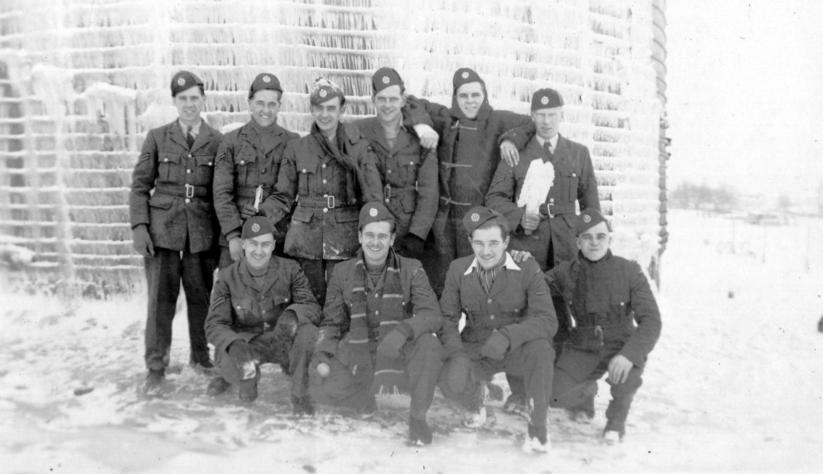
East Camp - 1943
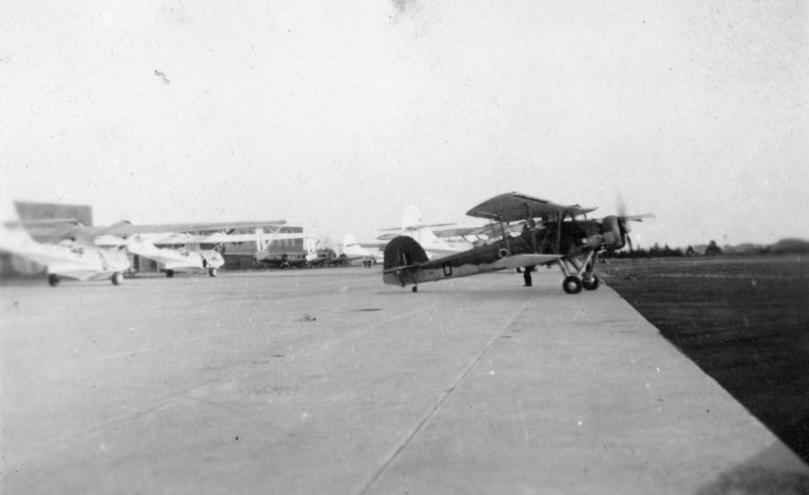
Swordfish (on right) and Catalinas (left)
John King created notes of his wartime postings and experiences that accompany photo albums of his war
years now preserved by his son, Tim King of Shrewsbury, UK. The italics passages above are from those memoirs.
The photos are from the wartime albums. (Photos and memoir notes courtesy of Tim King)


- World War I - Menu
- WWI Stories and Articles
- Photos - Yarmouth Soldiers
- Selection of World War I Songs
- WWI Casualties of Yarmouth, NS
- Those Who Served - Yarmouth, NS
- WWI Casualties Digby Co. NS
- WWI Casualties Shelburne Co. NS
- Merchant Mariners (1915) Yarmouth, NS
- Canadian Forestry Corps - Non Yarmouth Birth/Residence Enlistments
- US Draft Registry - Yarmouth NS Born


- World War II - Menu
- WWII Stories and Articles
- Telegraphist Air Gunners
- WWII Casualties of Nova Scotia
- US Casualties with NS Connection
- Far East/Pacific Casualties with NS Connection
- Merchant Navy Casualties Nova Scotia
- Nova Scotia WWII Casualties Holten Canadian War Cemetery
- D-Day Casualties - Nova Scotia
- CANLOAN Program Casualties - Nova Scotia
- Battle of the Bulge Casualties - Nova Scotia
- WWII Casualties Yarmouth NS
- Yarmouth Casualties - RCAF RAF Canadian Army WWII
- Yarmouth Co., Marrages WWII
- Casualties Non-Born/Residents with Connection to Yarmouth Co., Nova Scotia.
- WWII Casualties Digby Co., NS
- Non-Nova Scotian WWII Casualties Buried in Nova Scotia
- WWII RCAF Casualties Aged 16-18
- Brothers/Sisters Who Served - World War II













